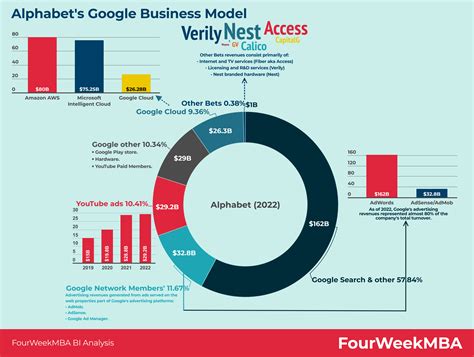In recent tech news, Google has been blocking Invidious, a popular alternative front-end for YouTube. This decision has ignited considerable debate among users and developers, highlighting the omnipresent tension between platform control and user preference. For those unaware, Invidious offers a cleaner, faster, and entirely ad-free experience by presenting YouTube content without the usual clutter. For many, it was a haven from the barrage of ads and the heavy-handed user interface that YouTube has become synonymous with in recent years.
A closer look at user comments reveals a spectrum of motivations behind the preference for Invidious. **Some users** argue that the YouTube front-end has become ‘bloated and slow’, especially when used with browsers like Firefox. This viewpoint underscores a significant issue in web development—browser compatibility. Despite the popularity of Chrome, Firefox remains a steadfast choice for many, particularly those within the tech-savvy community. Users are frustrated by an escalating trend where developers seemingly neglect extensive QA testing for less dominant browsers, forcing users to switch to Chrome for a seamless experience. This has led to a growing sense of disenfranchisement among Firefox loyalists, who feel cornered into abandoning their preferred browser.
The discussion also touches upon ad-blocking, a contentious issue in its own right. For years, ad-blocking has been a cat-and-mouse game between content providers and consumers. Invidious not only blocks traditional YouTube ads but also supports tools like **SponsorBlock**, which allows users to skip embedded promotions within videos. Critics argue that by stripping ads, Invidious deprives content creators of a vital revenue stream. **YouTube Premium**, Google’s monetized solution, offers an ad-free experience, but at a cost. Despite the benefits, many users still see this as an inadequate response, as it doesn’t address embedded ads sponsored by the video creators themselves.
Moving beyond the practical aspects, this conflict hints at deeper philosophical and economic considerations. Google’s decision to block Invidious is framed under the guise of ‘protecting the community’. However, many users interpret this as little more than a euphemism for protecting their ad revenue model. Indeed, the modern-day ‘community’ that Google references is their intricate network of advertisers, shareholders, and content creators. This approach also reflects a growing trend of tech giants imposing stringent controls to ensure profitability, often at the expense of user experience.
From a broader perspective, this scenario exemplifies the delicate balance between user autonomy and platform regulation. **Open-source projects like Invidious** embody the ethos of an open web, where users have the freedom to reshape their digital landscape. Google’s actions, construed by some as authoritarian, underscore a future where large corporations dictate the terms of engagement. The debate over Invidious isn’t just about the feasibility of ad-free video streaming; it’s a microcosm of the larger struggle for control over digital experiences. Whether or not initiatives like these can survive corporate pushback will influence the future contours of online content consumption.


Leave a Reply